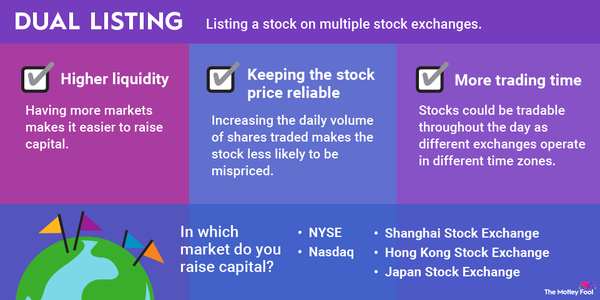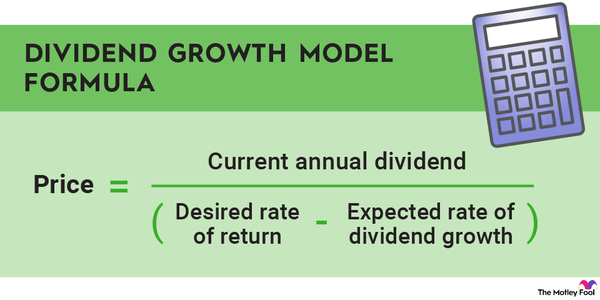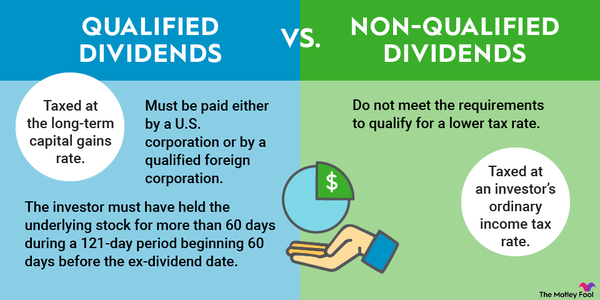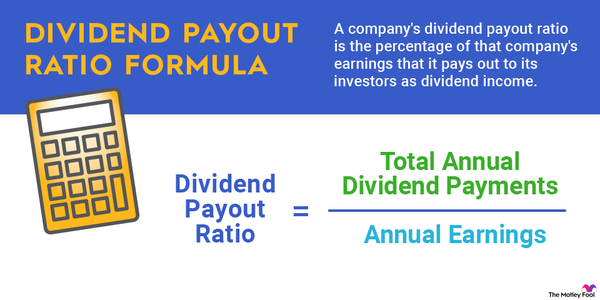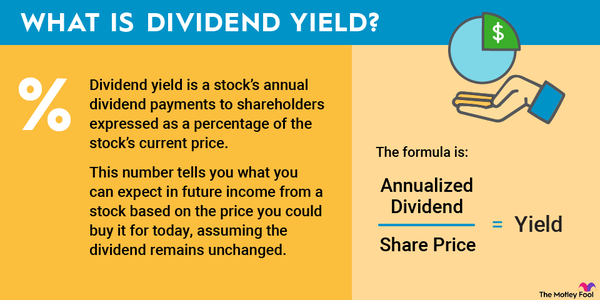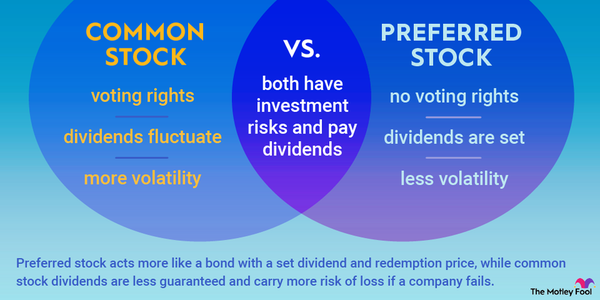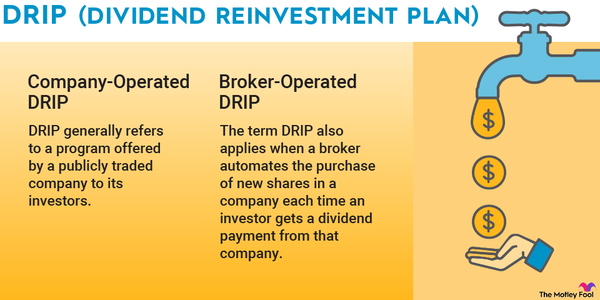Sometimes, a physical inspection of an asset isn't necessary; a desktop valuation will work just as well. With a desktop valuation, the asset can be assessed using available documents, viewed online, and compared with other assets. Read on to find out more about desktop valuations -- when they're used, their pros and cons, and the items that are necessary to make them.

Definition
What is a desktop valuation?
A desktop valuation is an assessment of an asset's value that doesn't involve a physical inspection. It's most often used in the real estate industry, although it can be done for almost any business. The most frequent sources of data for a desktop valuation include tax and sales records.
Desktop valuations are typically done by certified, licensed real estate appraisers and under specific circumstances. Areas where there are few comparable properties, such as rural places, and areas that may have considerably different characteristics from the surrounding area -- such as a high foreclosure rate or brand-new homes -- generally aren't good candidates for a desktop valuation.
Pros and cons
Pros and cons of desktop valuation
It's true that the real estate industry has migrated online to a large degree, although it's still very much an industry that relies on tangible, physical products. Desktop valuations have a number of potential benefits and downsides. Among the pros:
- Much less expensive.
- Encourages the use of comparative data.
- Can be automated and produce near-instant results.
- More efficient method for low-risk loans.
Desktop valuation, however, has a few cons:
- Not as thorough as a physical inspection.
- Only as accurate as underlying data.
- Can't be used in many locations, such as rural and outlier properties.
- May miss problems or unique features of the property.
Related investing topics
How they're used
Typical desktop valuations
An increasing number of real estate transactions are being approved by desktop valuation. The Federal Housing Finance Agency began accepting desktop valuations during the COVID-19 pandemic. Fannie Mae, the government-sponsored enterprise that has more than $4.3 trillion in assets, announced in 2022 that it would begin accepting desktop valuations for some loans. Freddie Mac, Fannie Mae's counterpart, also began approving loans based on desktop valuations that year.
The methods for conducting a desktop valuation are relatively simple. The appraiser generally will begin by examining property tax data. Only using tax records to determine the value of a property isn't a good idea since taxes are based on relatively subjective criteria. The assessed value of a property, for example, is often considerably less than the fair market value.
Appraisers also will use data from the Multiple Listing Service (MLS) to find properties that are similar to the property being valued. As with any other sample, size is everything; the more properties that are similar, the better the chances that the valuation will be accurate.
Fannie Mae and Freddie Mac appraisers are also required to obtain floor plans for desktop valuations to ensure that the property hasn't been significantly altered and that the available data are an accurate reflection of its value.
Again, while they're most common in real estate, the value of almost any tangible asset can be estimated with a desktop valuation. The key caveat, however, is understanding that desktop valuations, although convenient and often less time-consuming, are estimates, and a physical inspection of an asset will generally yield a more accurate valuation.
































